National Chicken Wing Day
In the United States, Americans consumed over one billion servings of chicken wings in 2019 - that 's a lot of chicken! Each year, National Chicken Wing Day is celebrated in the United States on July 29th.
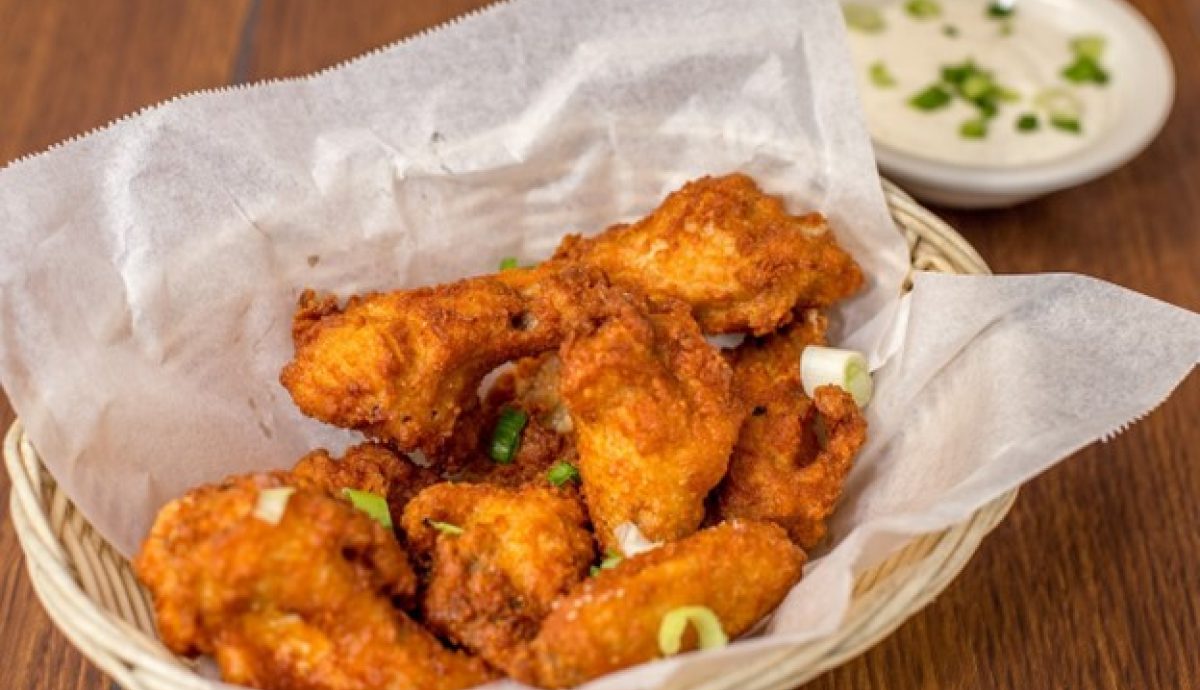
As the popularity of cookouts and get-togethers increases amongst many Americans throughout the warm summer months, so does the consumption of staple cookout foods like hotdogs, smores, iced tea, and chicken wings. In fact, in the United States, Americans consumed over one billion servings of chicken wings in 2019 - that’s a lot of chicken! Each year, National Chicken Wing Day is celebrated in the United States on July 29th.
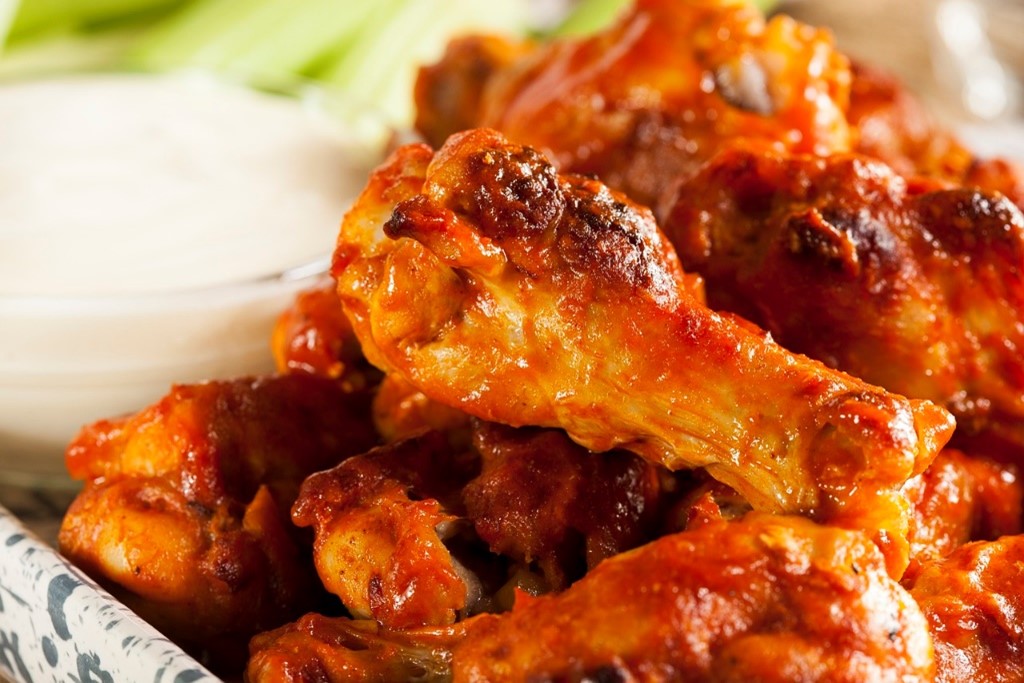
Regardless of if you prefer bone-in or boneless, it’s safe to say wings are always a crowd favorite. With all the hype around this zingy snack, how does a chicken wing find its way into your backyard party?
Where Does it All Start?
Well… with the chicken, of course! There are two types of chicken used to produce food.
1.) Egg Layers: An egg-laying chicken does exactly that- they lay eggs! Egg layers produce eggs in a variety of colors, depending on the breed, from white to brown, to blue, green, and even pink. It’s important to know that only adult female chickens, or hens, lay eggs.
2.) Broiler: A chicken bred specifically for meat production is called a broiler. Broilers have been selectively bred to grow big, fast, and as efficiently as possible.
Broilers are primarily used in the production of meat products, including chicken wings. Just like any other bird, broilers start as a fertilized egg. The fertilized eggs are placed in an incubator for a total of 21 days, where out pops a freshly hatched chick. Once hatched, the chicks are removed from the incubator and separated into pullets, or female chicks, and cockerels, or male chicks. The chicks are then vaccinated to prevent disease in the flock and delivered to the farm.
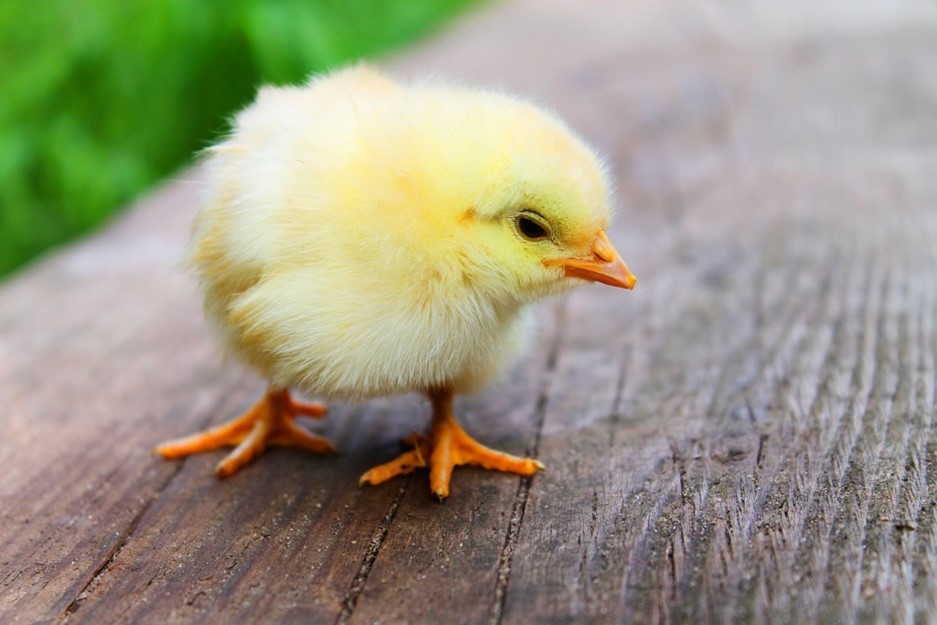
Broilers grow at a very fast pace, growing up to five pounds in just five weeks. Once they reach their final weight, they are collected and taken to the processor, where they are humanely dispatched and processed for consumption.
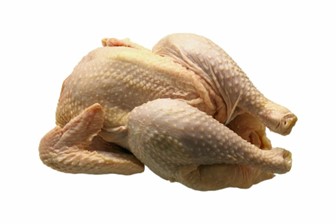
Drums vs. Flats
After initial processing leaves us with a full, four to five-pound roast, we must break down the bird to get wings. Whether you prefer drums or flats, they both come from the wing. Drums, or drumettes, are the uppermost parts of the chicken wing, while flats, or wingettes, come from the middle section of the wing.
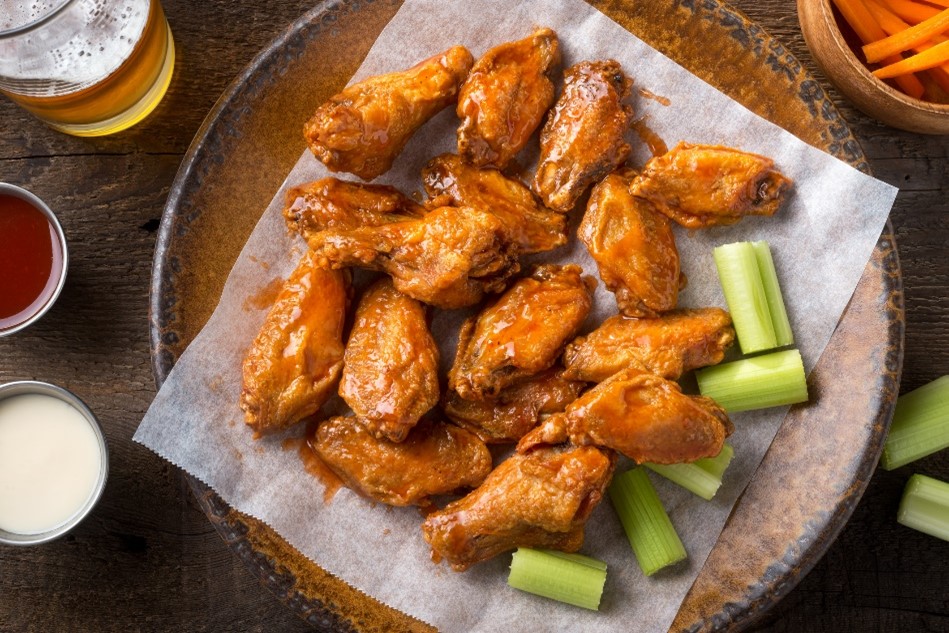
Drums resemble miniature drumsticks. They are enjoyed for their size and ability to offer more meat and for their ease of dipping. Flats may be a smaller, crispier option, but they offer an efficient, meaty bite that slides right off the bone.
Chicken Wing Safety
It’s extremely important that wing enthusiasts consider food safety when consuming poultry products. Regardless of if you deep fry, oven bake, air fry, smoke, grill, or otherwise cook chicken, always use an internal thermometer to assure your chicken is cooked to at least 165 degrees Fahrenheit. Prevent undercooked chicken by not overcrowding while cooking, always fully thawing products before cooking, and accurately using an internal meat thermometer. Avoid cross-contamination of raw and cooked poultry products. This can be accomplished by having separate preparation areas for raw and cooked food, consistently sanitizing preparation space and hands, and only coating cooked wings in sauce.
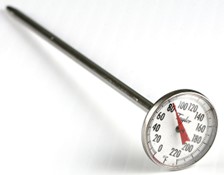
Saucing it Up!
The historical crowd-pleasing favorite wing sauce is buffalo. Getting its name from its origins in Buffalo, New York, buffalo wings provide a zingy, tangy, and even spicy experience for foodies to enjoy. A lot goes into creating this backyard favorite, including many agriculture products!
The main ingredient, chicken, is an important agricultural commodity, but where the fun comes in is with the sauce. Buffalo sauce incorporates a few simple ingredients to create its iconic flavor; hot sauce, butter, vinegar, Worcestershire sauce, cayenne, garlic powder, and sometimes honey. These simple ingredients highlight agriculture products such as chili peppers, milk, garlic, honey, soybeans, and more!

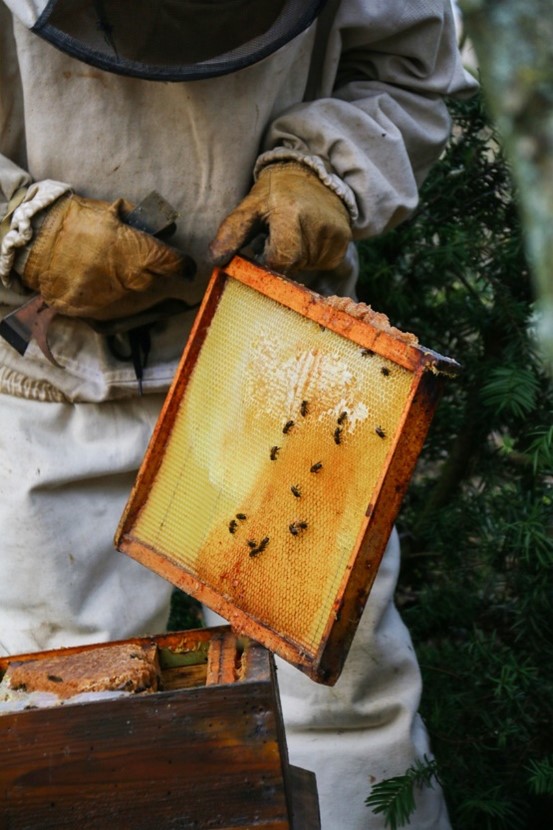
Of course, you can’t serve wings without a side of carrots, celery, and blue cheese or ranch! While wings deserve to be celebrated every day, we hope you enjoy this National Chicken Wing Day with a plate full of wings, sauce-covered fingers, and a stack of napkins!









